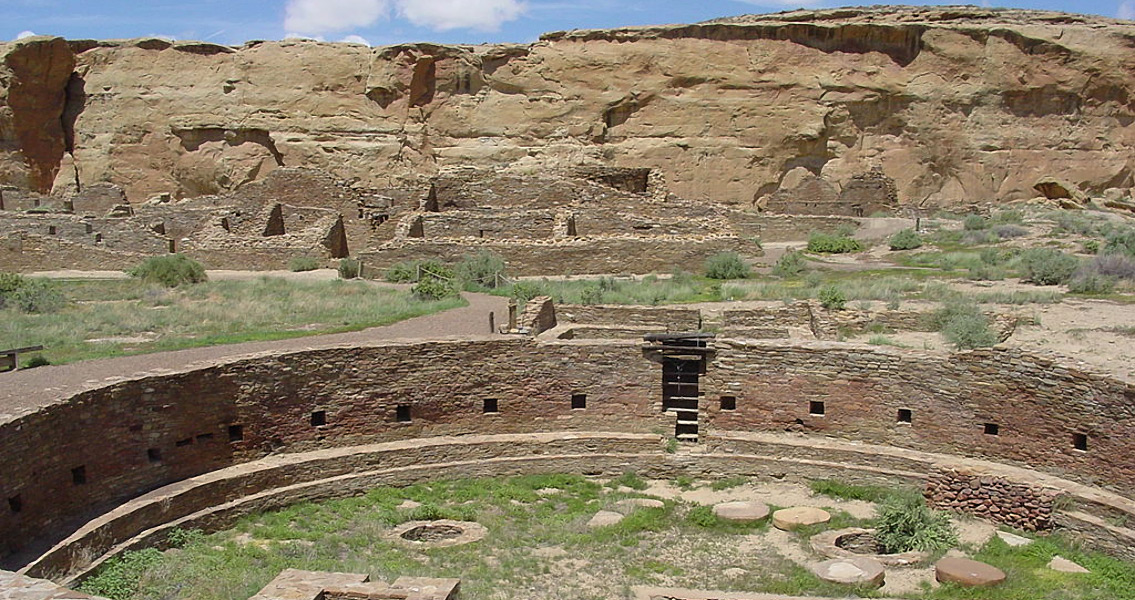<![CDATA[A new study from Colorado University (CU) Boulder reports that the ancient people who inhabited Chaco Canyon in New Mexico at the zenith of the Pueblo Culture, had to import corn in order to feed the several thousand residents. The study shows Chaco Canyon, which is believed to have had political influence in 1100 CE over a region twice the size of the state of Ohio, had soils which were unsuitable for crowing corn and beans. “The important thing about this study is that it demonstrates you can’t grow great quantities of corn in the Chaco valley floor,” Larry Benson, a scientist with CU Museum of Natural History, is quoted as saying on the University’s website. “And you couldn’t grow sufficient corn in the side canyon tributaries of Chaco that would have been necessary to feed several thousand people. Either there were very few people living in Chaco Canyon, or corn was imported there.” From the ninth century until the twelfth, Chaco Canyon, now officially known as the Chaco Culture Natural Historic Park, was the location of unprecedented construction activities. At its cultural height, 12 stone “great houses” along with other structures were built at the location, alongside a network of roads that linked Chaco and other southwest Pueblo sites. The research team utilized a tree ring data set that had been created by Jeff Dean with the University of Arizona as part of the study. The tree ring data showed the yearly precipitation in Chaco Canyon over a period of 1,100 years. The tree rings suggest the annual precipitation needed to grow corn was met or exceeded less than 3 percent of the time during the time period in question. The study suggests that a majority of the corn consumed by the ancient population of Chaco might have originated on the Chuska Slope, located on the east side of the Chuska Mountains approximately 50 miles to the west of Chaco Canyon. The slope is also believed to have been the source of the approximately 200,000 timbers that had been used to support the Canyon’s masonry structures. Somewhere between 11,000 and 17,000 people are believed to have inhabited the Chuska Slope prior to 1130 CE. The winter snowpack on the Chuska Mountains would have resulted in a significant amount of snowmelt in the spring. Water conveyed down the mountain would have been more than sufficient to allow for the diversion of irrigation water to large corn fields planted on the Chuska Slope. The people of Chaco Canyon regularly traded with the people residing on the Chuska Slope, evidenced by pottery, stone tool material and wooden beams. A number of archaeologists remain puzzled as to the reasoning behind why Chaco Canyon was so heavily populated, considering its location in a region with long winters, short growing seasons and low rainfall. “There were timbers, pottery and chert coming from the Chuska region to Chaco Canyon, so why not surplus corn?” Benson says on the website, adding, “I don’t think anyone understands why it existed. There was no time in the past when Chaco Canyon was a Garden of Eden.” The study was published in the Journal of Archaeological Science. ]]>
Pueblo Population at Chaco Canyon Imported Resources
